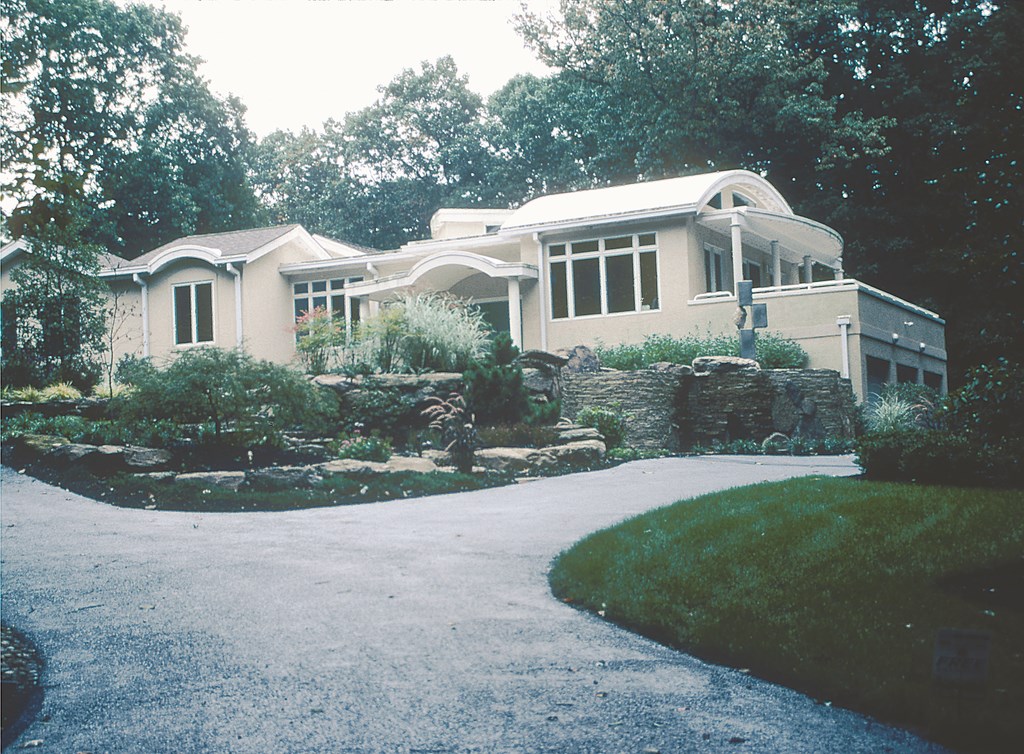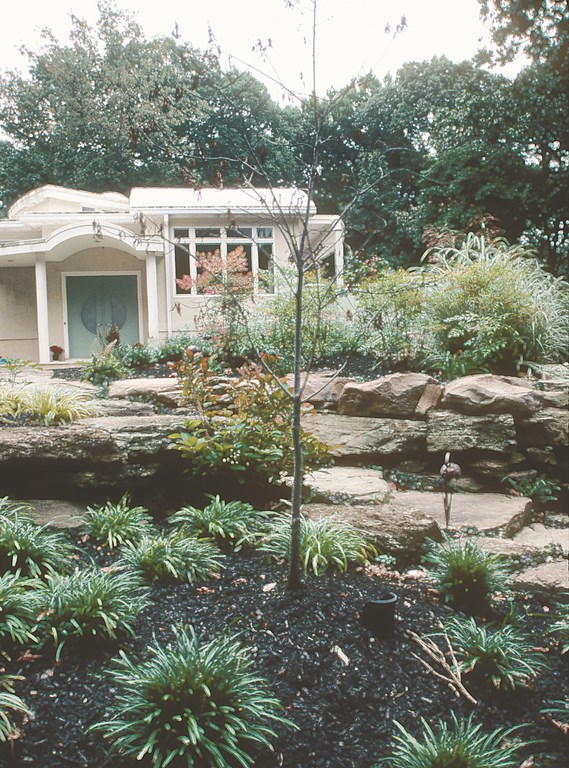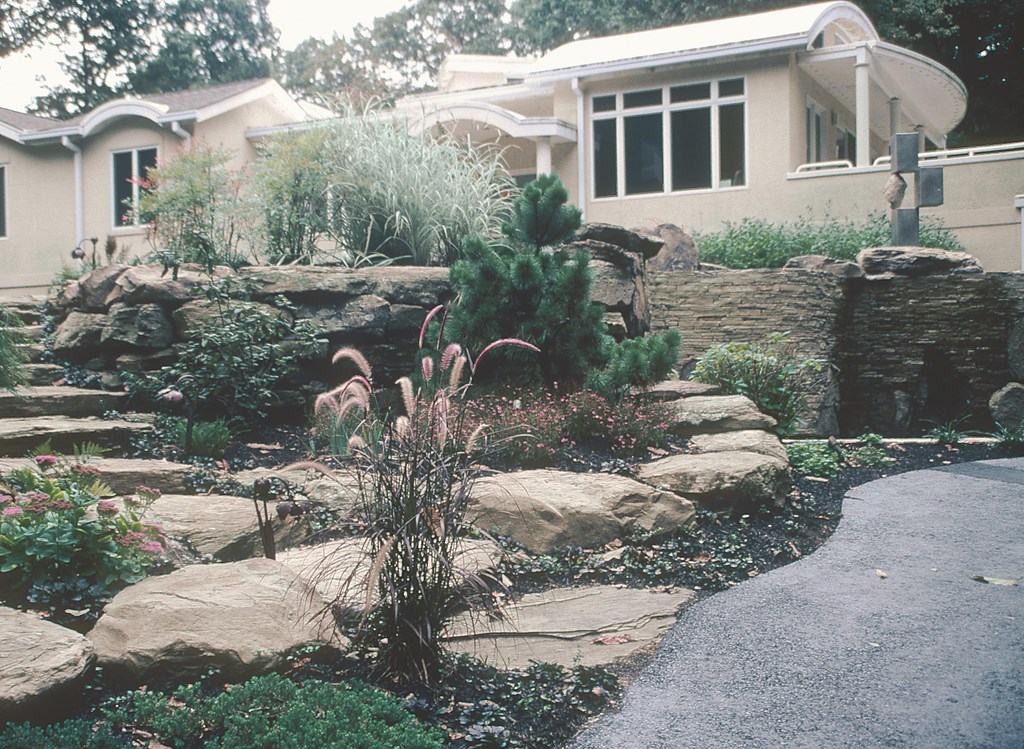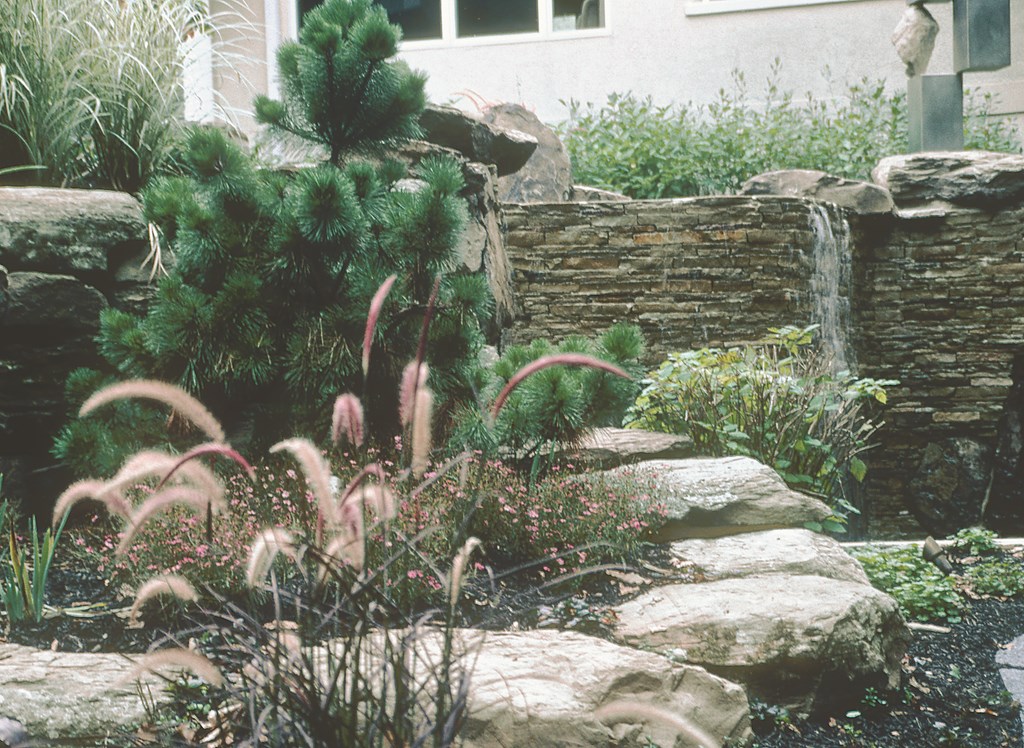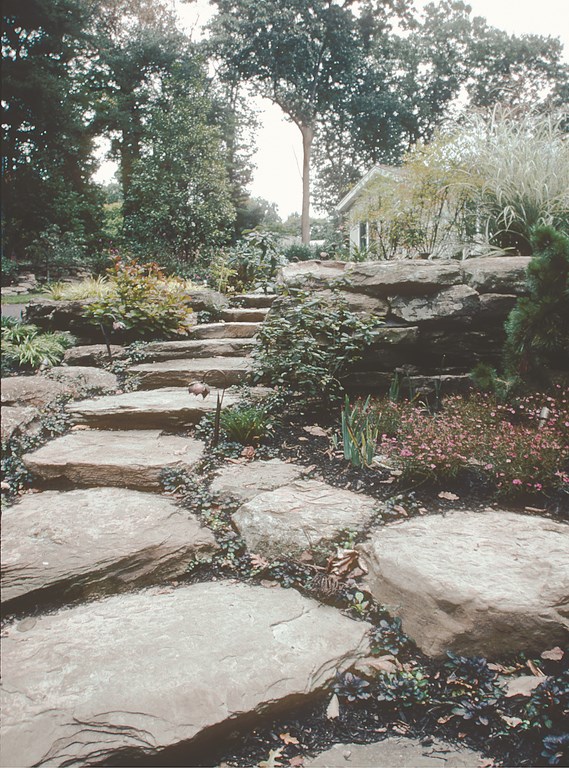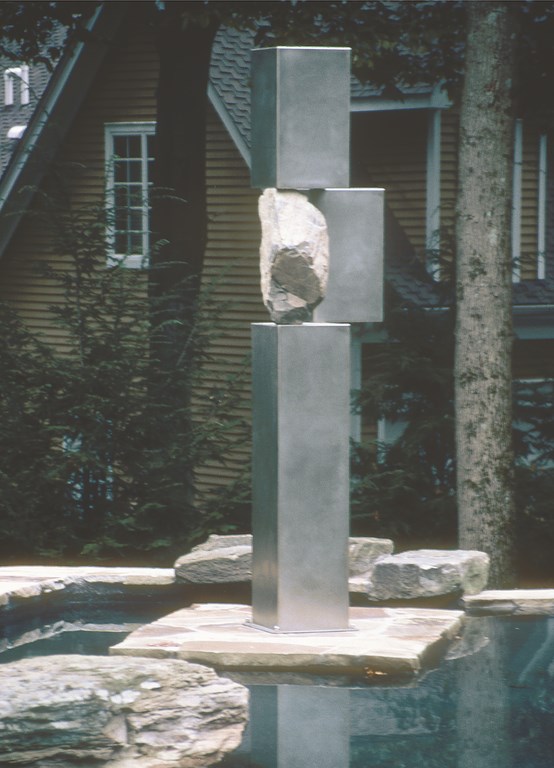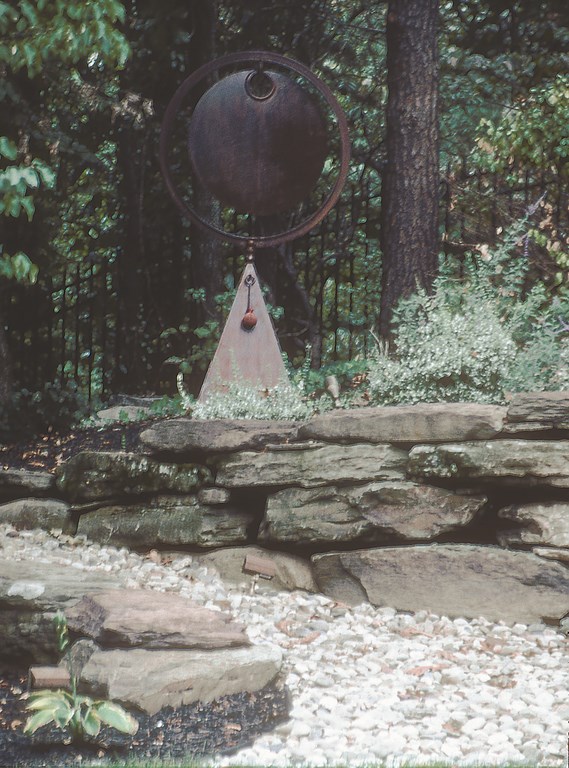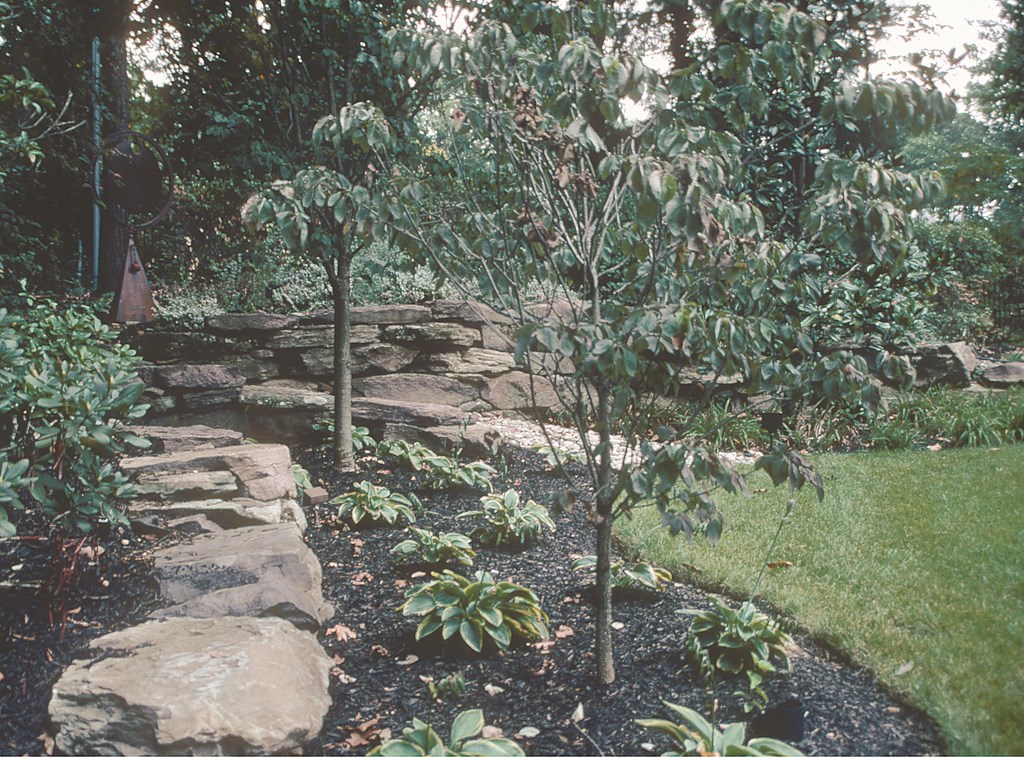Progressive Surprise
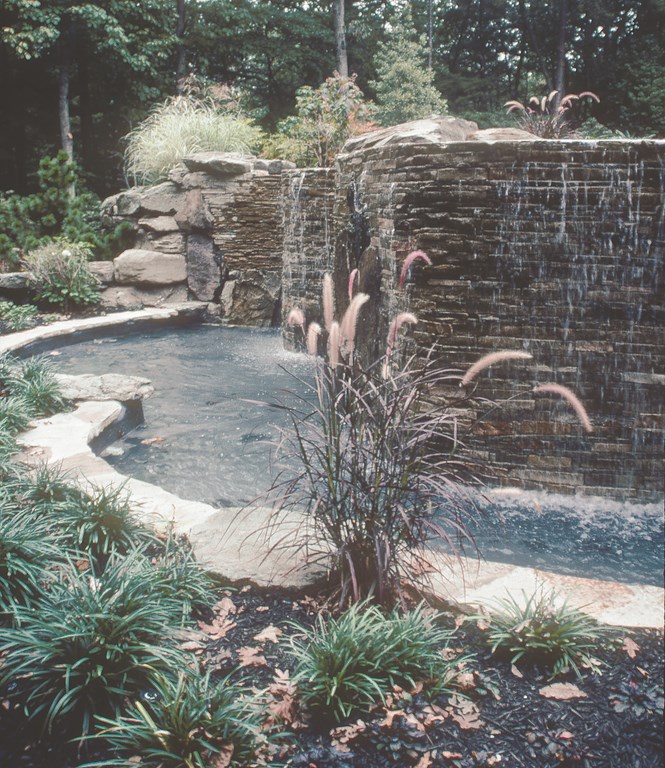
There’s something in human nature that loves the unexpected. From pulling open gifts wrapped in paper, ribbons and bows to the thrill of rounding a forest trail to come upon a waterfall, the sense of anticipation and discovery adds spice to life and generally keeps things interesting.
As designers of watershapes and landscapes, we have a tremendous opportunityto use the excitement that comes along with the process of progressively experiencing an environment. And the nice thing about setting up spaces that unfold as you move through them is that they can be organized around simple elements, from free-standing walls, steps or hedges to trees, fences and just about anything else thatpartially blocks, disrupts or interrupts a view.
This project, which was first covered in “Details” in the December 2004 issue, is a perfect example of using a sense of discovery to add interest, beauty and anticipation to the experience of arriving at the front of a home. As first explained in that column and pictured here in its finished state, the project rolls out like a series of vignettes that comes to life when someone looks up the driveway while passing in a car or on foot.
Let’s take a tour:
Approach
Rather than think in terms of setting up a wall around a castle, we saw this front-yard design as being about creating a sense of reward as the observer moves through and more deeply into the environment. The experience begins with the view from the street of inviting landscaping and hardscape structures along the driveway.
Unfolding
With this environment, the process of unfolding works whether you approach on foot or in a vehicle. As one moves up the right fork of the drive toward the garage, an assembly of rough stones leads the eye toward the front door before the observer knows exactly how to reach it. By the time the hidden stone stairway is seen, the water wall registers on the observer’s perceptions visually and aurally.
Access
The beauty and colors of the plants and the rich textures of the stonework draw the observer over to and up the stone stairway. Moving in that direction, any direct view of the flowing water is lost, but awareness of its presence is assured by the lively sound of water splashing down the wall’s irregular surface and increases curiosity about the scene awaiting at the top of the stairs.
Entry
The visitor approaches the front door via the stone stairway to the right side or drives around the planted island to the parking pad at the top of the left-side fork of the driveway. Either path brings the observer to another set of unexpected visual treats, including a lush green backdrop, the creamy colors and textures of the stonework and small pond that envelops the stepping pads that lead to the home’s front door.
Sculpture
As the visitor takes in the setting and determines a path to follow to the door, the extent of the pond and the fact that it is the source of the flow over the wall begins to register. In moving across the stepping pads, a view of a remarkable steel-and-stone sculpture comes into sharp focus, once again moving the eyes away in a pleasurable way from the mundane objective of gaining access to the home.
Surroundings
The environment even rewards the observer who, on the doorstep, turns around to look back down to the street or who is simply leaving to return to the street and the outside world: Tucked into the landscape along the left fork of the driveway is a dramatic iron sculpture that recedes so mysteriously into the surrounding colors and textures that seeing it comes as yet another visual surprise.
|
Taking Control The art of design often resides in how the designer manages a space and draws the eye in desired directions. In the case of the project described in the accompanying article, proper orchestration required careful consideration and evaluation of a number of primary focal points. In this case, we used landscaping as the main guiding element, using it to mask and then open views and help the observer make sense of the overall layout defined by the boulders, stonework and water. The placement of sculptures in two key locations – one up to the side of the front door, the other secluded in a “distant” landscape – serve as visual crescendos for the unfolding visual composition. All of these elements conspire to create a rich experience for anyone who stops by to visit. It’s a prime example of what can be achieved when spaces other than backyards are the focus of our efforts. When elements of surprise and discovery are added to the scheme, the results can be subtle, beautiful and fondly memorable. — D.T. & K.F. |
David Tisherman is the principal in two design/construction firms: David Tisherman’s Visuals of Manhattan Beach, Calif., and Liquid Design of Cherry Hill, N.J. He can be reached at [email protected]. He is also an instructor for Artistic Resources & Training (ART); for information on ART’s classes, visit www.theartofwater.com. Kevin Fleming is a partner in Liquid Designs of Cherry Hill, N.J. A 1991 graduate in landscape architecture from West Virginia University, he worked in residential landscape design, sales and project management for a New Jersey landscaping firm from 1991 until 1998, when he started the company’s swimming pool division and, in 2001, a new division aimed at providing design/build services for custom, high-end residential watershapes. Fleming is a member of the National Spa & Pool Institute, has received several awards from the Northeast Spa & Pool Association and is a Level I and II graduate of the Genesis 3 Design School.











